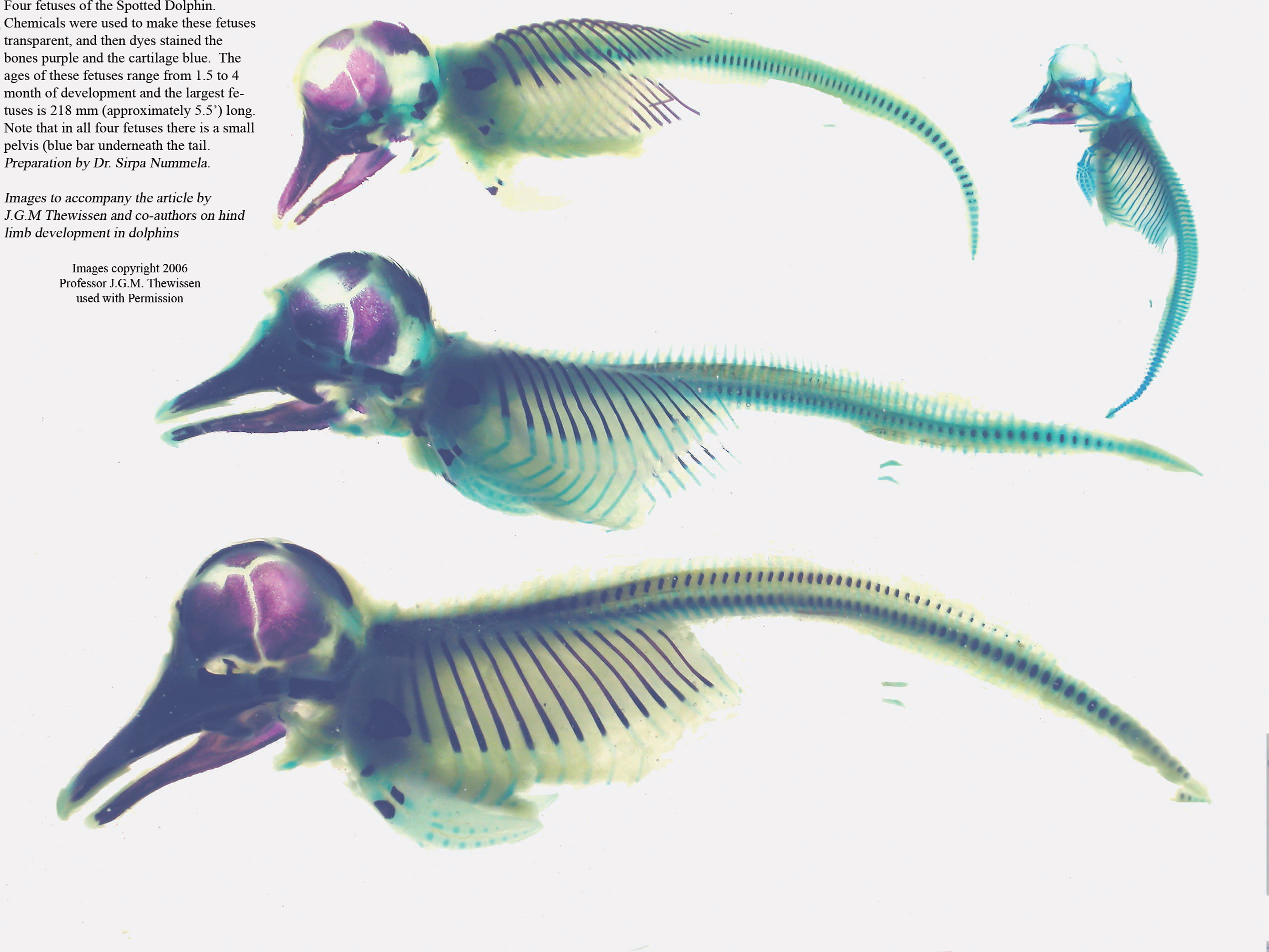
and cetacean morbillivirus, Edwarsiella tarda and Proteus mirabilis were detected. Additionally, three coinfection cases involving Brucella spp. Novel hosts susceptible to Brucella included the franciscana (Pontoporia blainvillei), the Guiana dolphin (Sotalia guianensis) and the spinner dolphin (Stenella longirostris). infection in several cetacean species in the Brazilian coast, highlighting the role of this pathogen in stranding and/or death, particularly in Clymene dolphin (Stenella clymene) and short‐finned pilot whale (Globicephala macrorhynchus) off Ceará State.

Our results demonstrated exposure, asymptomatic, acute and chronic Brucella sp. Pathologic, IHC and/or microbiological analyses conducted in PCR/ real‐time PCR and/or seropositive cases (n= 13) revealed Brucella‐type lesions, including meningitis/meningoencephalitis, pneumonia, necrotizing hepatitis, pericarditis and osteoarthritis in some of those animals, and positive IHC was found in all of them (excepting two live‐stranded animals without available organs).

Conventional PCR and/or real‐time PCR performed in cases with available organs (n= 119) and/or blood or swabs (n= 10) revealed 4/129 (3.1%) Brucella infected cetaceans (one of them with positive serology the remaining three with no available sera). Previous serological tests performed on available sera of 27 of 129 animals (26 cetaceans and one manatee), indicated 10 seropositive cetaceans. in marine mammals of Brazil, molecular (conventional PCR and/or real‐time PCR), serological (Rose Bengal Test, Competitive ELISA, Serum Agglutination Test ), pathologic, immunohistochemical (IHC) and/or microbiological investigations were conducted in samples of 129 stranded or by‐caught marine mammals (orders Cetartiodactyla, Carnivora and Sirenia ). To better understand the epidemiology and health impacts of Brucella spp. The severity of ventriculomegaly by PMCT does not directly correlate with the severity of the inflammatory index determined by histopathological parameters of the brain cortex and other CNS regions, suggesting that these processes, although linked, are multifactorial and need further characterization and validation to establish better cutoffs on the PMCT.īrucella‐exposure and infection is increasingly recognized in marine mammals worldwide. Age is not a decisive factor regarding neurobrucellosis presentation. The results for the severity grading were graphed to provide an injury profile associated with each area of the CNS. We performed semiquantitative grading of the inflammatory process in the different areas of the CNS and evaluated the thickness of the cellular infiltrate in the meninges and the perivascular cuffs. Seven Brucella-infected dolphins showed at least bilateral ven-triculomegaly associated with hydrocephalus and accumulation in CSF in the lateral ventricles. The central nervous system (CNS) and the skeleton of five dolphins not infected with B ceti did not reveal alterations by PMCT scanning. Twelve were scanned by postmortem computed tomography (PMCT) as a complementary tool for describing neurobrucellosis and osteoarticular alterations associated with Brucella ceti infections. Pathological studies were performed on 18 dolphins. Continued detection of Brucella exposure supports the need for long-term monitoring of these and other beluga populations.Ĭetacean neurobrucellosis is a common cause of strandings in Costa Rica diagnosed by serology, bacteriology, and histopathology. The high prevalence of seropositivity detected suggests widespread exposure in both stocks, however, the low level of rtPCR and culture positive results suggests clinical brucellosis was not prevalent in the belugas surveyed. All animals tested were culture negative.

Only one seropositive animal was PCR positive in both the spleen and mesenteric lymph node. Only 10 of 69 seropositive belugas were rtPCR positive in at least one tissue. In total, 73% percent of Bristol Bay live captures, 50% of Chukchi Sea live captures, and 66% of Chukchi Sea harvested belugas were positive on serology. In total, 55 live-captured–released belugas were tested for Brucella exposure in Bristol Bay (2008–2016) and 112 (8 live-captured 104 subsistence-harvested) whales were tested in the eastern Chukchi Sea (2007–2017). exposure in two beluga stocks in Alaska, USA, this study used serological status as well as real-time polymerase chain reaction (rtPCR) and bacterial culture. To investigate marine-origin Brucella sp.

Marine brucellosis is an emerging disease concern among free-ranging cetaceans and is less well-studied than terrestrial forms. Among emerging threats to the Arctic is the introduction, spread, or resurgence of disease.


 0 kommentar(er)
0 kommentar(er)
